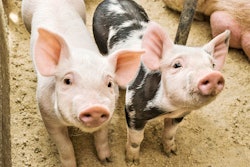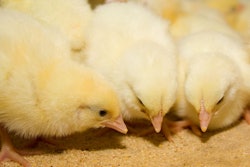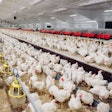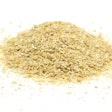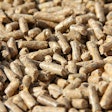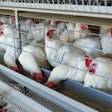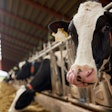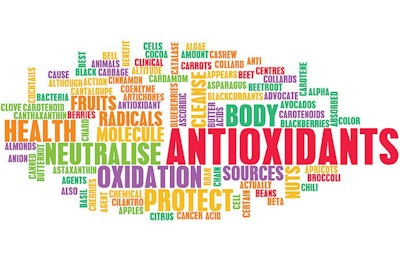
Vitamin E levels must never be reduced below NRC requirements
Antioxidant nutrition beyond feed protection against lipid oxidation is an undervalued challenge in the animal industry. I personally believe in strong antioxidant protection at all stages of production.
Whether a feed mill decides to use supra-nutritional levels of vitamin E, or an organic form of selenium, or vitamin C – always in protected form – or even modern natural phytogenic antioxidants is a matter of discussion with the relevant practicing nutritionist. I personally prefer a mix of all possible antioxidants because they all do a different and very indispensable job.
It might sound simplistic, but please bear with me as my experiences go beyond industries that have a high level of know-how. Here, I want to emphasize that no matter what antioxidant nutrition strategy one follows, we must never reduce vitamin E levels below NRC requirements. These NRC levels are well-thought figures based on irrefutable research findings. Vitamin E is not just an antioxidant. This is just one of its many roles. So, a minimum level of vitamin E must remain in all feeds we create every day. I would go as far as suggesting adding a margin of safety to NRC levels, but I know of reputable feed companies that use levels below NRC recommendations, so at least let’s keep that as the absolute minimum standard.
Going back to antioxidant nutrition, I would like to re-emphasize that even supra-nutritional levels of vitamin E do not replace requirements for other antioxidants – especially selenium – as each works on the opposite side of the cellular membrane at the physiological level of life. Especially for selenium, safety margins should be well researched because the difference between usefulness and toxicity is rather small for this mineral. Here, I stick dearly close to NRC levels, unless I am absolutely sure the animals are fed grains from regions extremely poor in soil selenium and, even then, I am being extra vigilant regarding my margins of safety.



